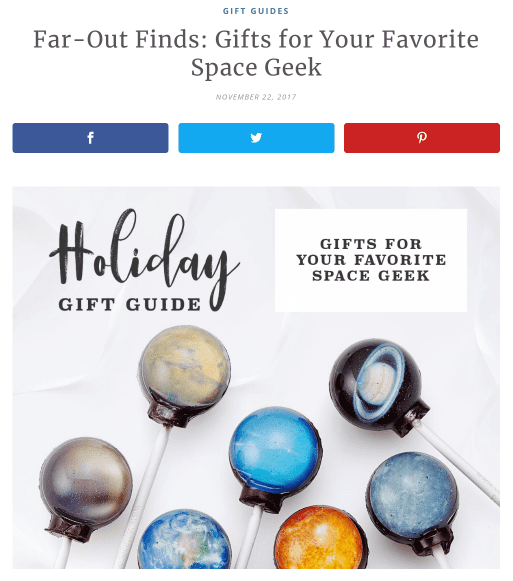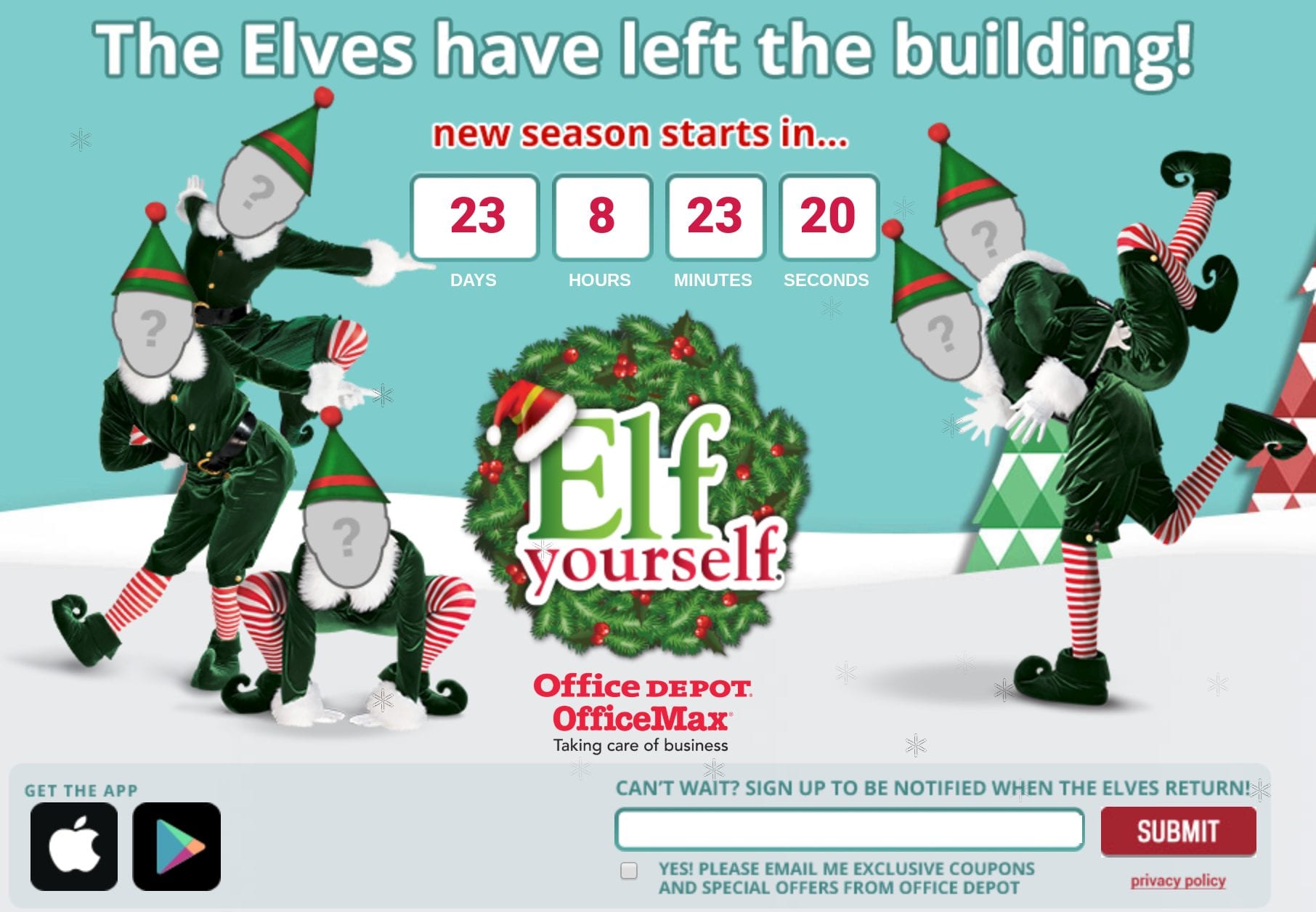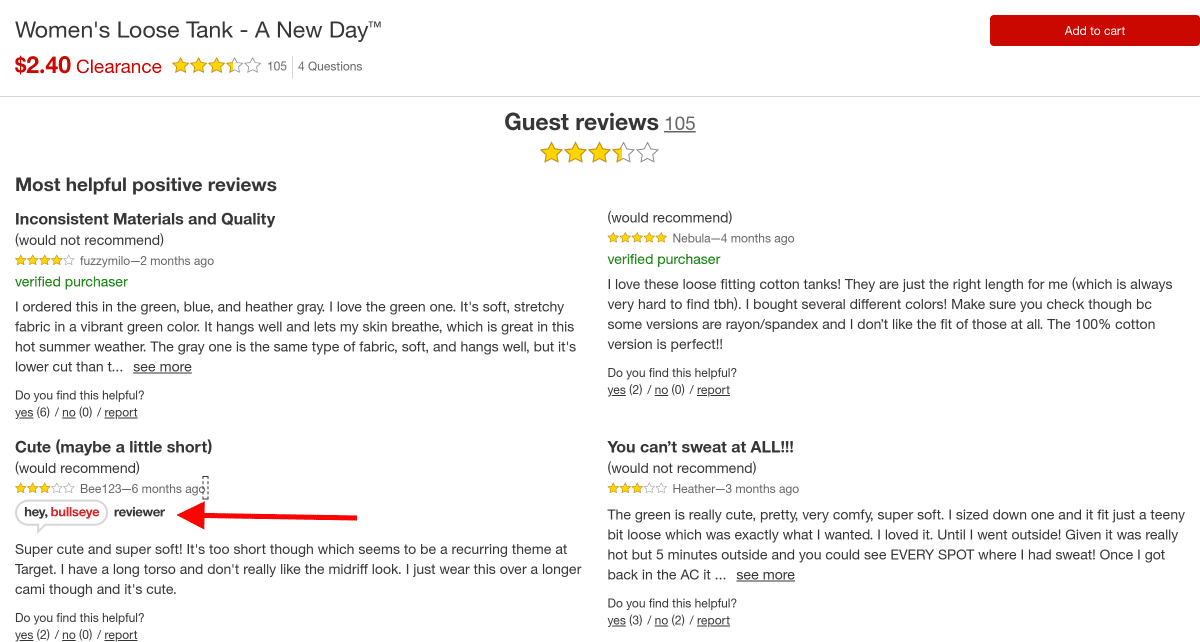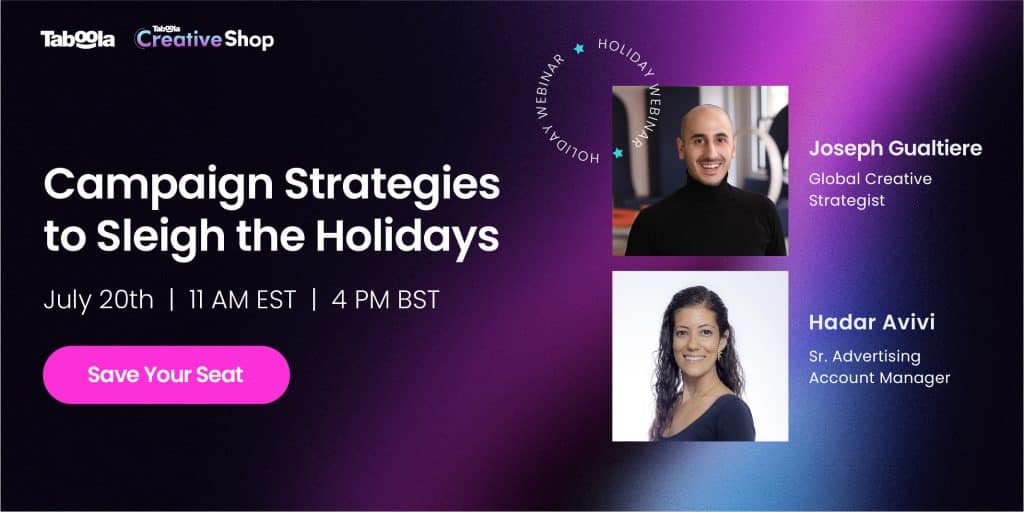The holiday season is fast approaching. This time of year is when many customers spend the most—Deloitte reports that the average consumer spends about $1,000 on gifts.
With this type of spending power, it’s important for businesses to be prepared and offer enticing offers for their customers.
Many businesses are busy getting their websites ready for increased sales, but what about a seasonal content strategy? Creating seasonal marketing content around the holidays can have a significant impact on a customer’s average spend, order amount, and the likelihood they will refer a company to another potential buyer.
These are some holiday content marketing ideas to help your products stand out.
The Ultimate Holiday Marketing Playbook (Broken Down by 11 Industries)
Gift Guides
Gift guides are used by many e-commerce websites to showcase their best products and offer customers gift ideas for their family, children, friends, and others.
Almost any e-commerce site can offer a gift guide with sections for specific people.
The key to a good gift guide is either really niche categories, like “young bookworms” or really unique ideas that not everyone is sharing.
For example, many pieces of content have likely suggested a spa kit for your sister-in-law, but fewer would probably recommend a wine box subscription or a necklace with her name in braille. Consider the recipient, and what they would actually use.
Here’s an example from Uncommon Goods, an e-retailer specializing in fun and unique products:

This niche gift guide is perfect because buyers can choose something based on the recipient’s likes or personality, and it’s easy for the retailer to place things into specific topics.
Even if you aren’t an e-commerce retailer, you can still create gift guide content.
If you do sales training, for example, you could offer a blog post about the “10 best gifts for salespeople.”
Either way, gift guides are a great way to not only drive sales but traffic to your website. Make sure to include sharing buttons so your content can be shared via email and social media.
Interactive Elements
Another fun type of content that does well over the holidays is interactive content, like online quizzes, calculators, or other tools.
One sensationally popular example is Elf Yourself, which is used by Office Max/Office Depot to promote themselves as a holiday destination.
Users upload photos of themselves and their friends and family (or pull it from Facebook) and choose the elves’ song and dance. The website then creates a fun short video that has dancing elves with the photos imposed onto their heads.

The website and tool were created in 2006 and over 1.5 billion elves have been createdsince its inception.
Office Max & Office Depot get widespread publicity from the tool: it links to its main website and they are mentioned in every video link that is shared by users. It works well because users are going to want to share it with the friends and family they’ve placed into the video. This then creates a ripple effect—those people create their own video and share it with others.
What types of tools or game content could your company release this year? It doesn’t have to be as complicated as Elf Yourself—even a budgeting calculator or free holiday printables (like holiday or thank you cards) would be a great addition.
If you don’t have time to create unique content, consider creating a round-up blog post to share others’ content.
Just be sure to link to their content and give full attribution, as Babble does in this free holiday printables blog post.
User-Generated Content
Instead of creating long-form content, like gift guides, or interactive content, like an online calculator, try tying in your app or website with a user-generated content (UGC) initiative.
User-generated content is when your customers create content for and about your company. UGC can feel more genuine to other consumers because it comes from actual users instead of the company itself.
One of the easiest ways to do this is customer reviews.
Customer reviews are useful year-round, but they especially come in handy during the holidays, when customers are pressed for time and want the best product at the lowest cost.
Retailers can employ incentive or rewards programs to inspire reviews. For instance, Target has a program called “Hey Bullseye” where reviewers get compensated products in order to properly review them for their website.
Users under this program have their review notated so others know it was a compensated review (which properly follows FTC guidelines).

Screenshot is from this product page.
Another option is real customer photos. Women’s brand Madewell does this– when users tag @madewell in their photos, they use a UGC platform called Olapic to go through and assign photos they want to feature on the correct product pages.
Here’s an example from the product page for their popular transport tote:

Longer UGC can also work well for non e-commerce brands. You can work with industry influencers to do review blog posts on their own website or to serve as a “guest expert” for the day on your own social media channels and blog.
Tie-In Instructional Content
Finally, for products that are a little more complicated to use, creating instructional content about to use your products can be extremely useful in two ways.
First, it shows the buyer how the product is used, which entices them to buy. Then, it helps anyone who received the product as a gift learn how to use it.
Here’s an example— it’s a hair curling tool called the Beachwaver by celebrity hairstylist Sarah Protempa. She created an instructional video on how to use the Beachwaver to get hair like Victoria’s Secret runway models for e-commerce subscription site Birchbox.
This type of video has a lot of benefits for the Beachwaver: it will show up in searches about how to get Victoria’s Secret model hair, it will promote the Beachwaver to Birchbox’s customers, and it shows up for searches on how to get wavy curls.
If you have products that could use a little instruction, consider creating video or photo how-to tutorials on different ways to use it.
This will make your brand more visible during holiday shopping and also help new owners learn how to use their gifts.
If you don’t produce the product directly, consider doing instructional videos on how to use common industry products (e.g. a coffee review blog could do videos about the top Keurig models throughout November and December).
No matter what type of website you have, creating holiday marketing content doesn’t have to be difficult.
Focus on what your target audience is searching for and create content that makes their lives easier.
This content can easily turn into evergreen pieces or be updated each holiday season so customers learn to rely on your brand as a great source of holiday fun and ideas.
All screenshots taken in October 2018.
